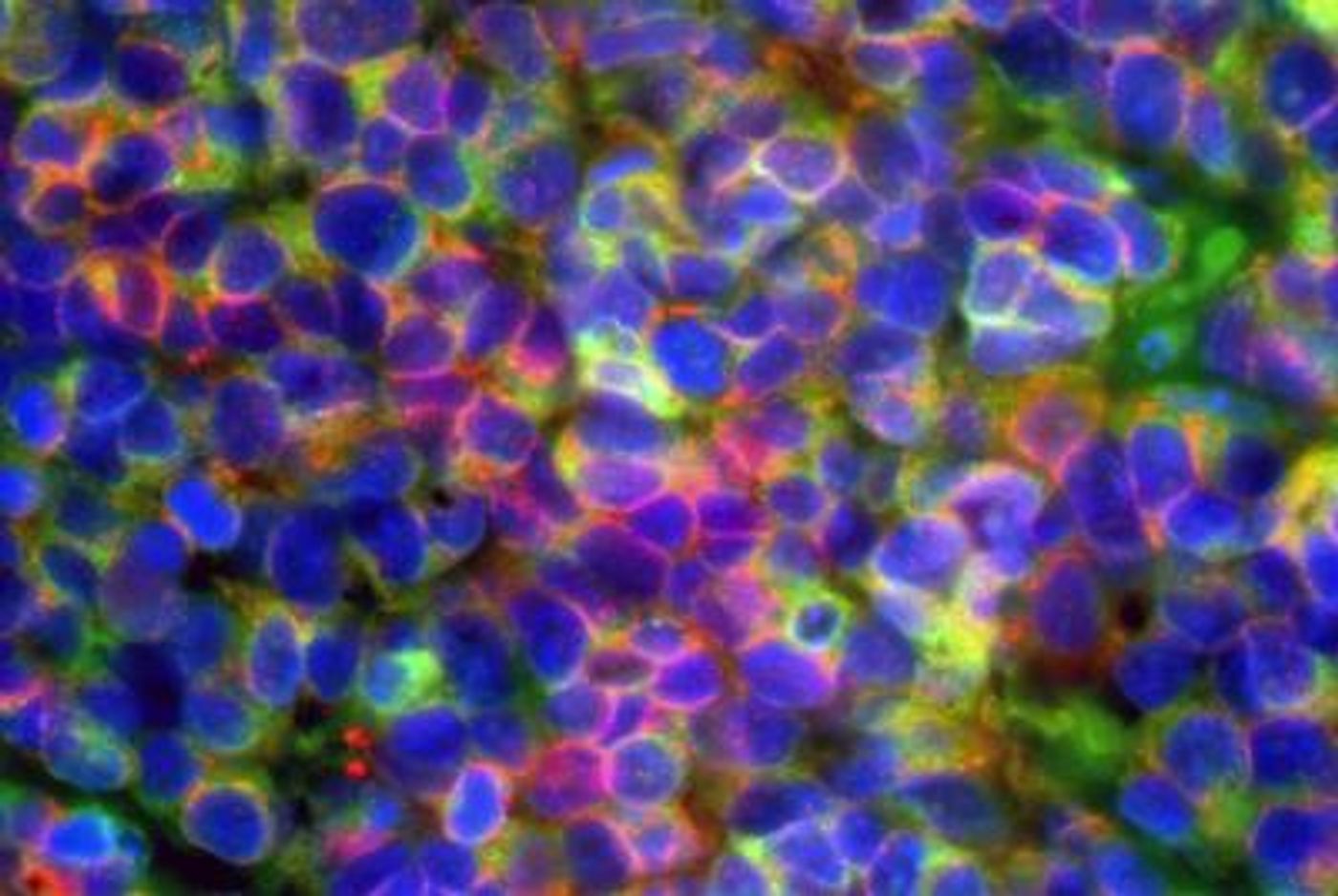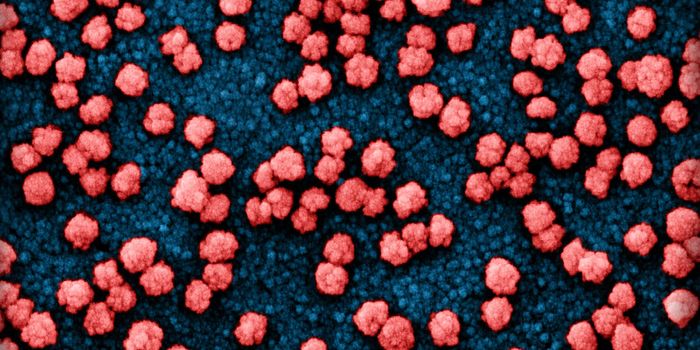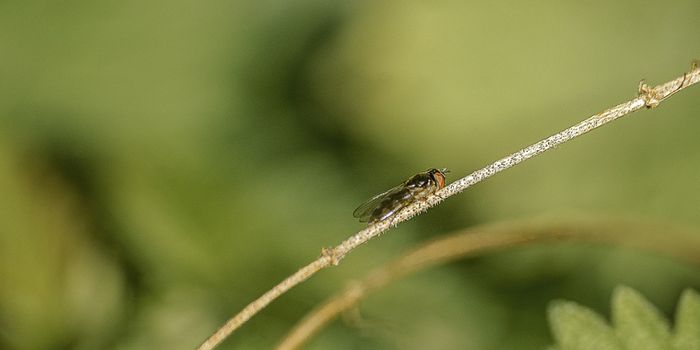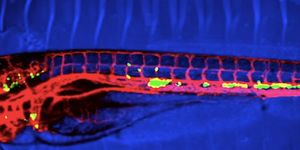Similar Processes Drive the Development of Lung and Prostate Cancers
The same mechanism has been found to underlie the development of late-stage, small cell lung, and prostate cancers. The cells that make up lungs and those that comprise prostate are very different, as reflected in gene expression, when healthy. But that gene expression profile becomes almost the same once small cell cancer sets in, suggesting that those cancers follow a similar path as they evolve from healthy to cancerous - even in different kinds of organs. The findings have been reported in Science.
Previous research has suggested that common processes underlie small cell cancers, but this is the most in-depth work to date."Small cell cancers of the lung, prostate, bladder, and other tissues were long thought to be similar in name alone -- and they were treated by oncologists as different entities," said the study leader Dr. Owen Witte. "Over the past few years, though, researchers have increasingly begun to realize that there are similarities in the cancers, and that's what our work confirms."
Witte is the founding director of the UCLA Eli and Edythe Broad Center of Regenerative Medicine and Stem Cell Research and professor of microbiology, immunology and molecular genetics. For this study, Witte joined scientists from the Crump Institute for Molecular Imaging and the Jonsson Comprehensive Cancer Center, both of UCLA.
The researchers added five genes, which are known together as PARCB, to human prostate cells, then transplanted those cells into mice. After they began to grow in the mice, they exhibited characteristics of human small cell neuroendocrine carcinomas, or SCNCs.
The team also found that in the prostate, there were two genes that suppress tumor growth, TP53 and RB1, which had to be inactivated when PARCB was added. They found many similarities between the PARCB-SCNC cells and human prostate cancer cells, especially when it came to gene expression.
"The similarities between the PARCB-SCNC cancers and human small cell prostate cancer samples were extraordinary," Witte said. "If you blindly gave the data sets to any statistician, they would think they were the same cells."
After comparing their findings to databases containing gene expression data on other cancers, the team found that the gene expression profile in their PARCB-SCNC cells was a lot like prostate as well as lung small cell cancers. After exposing healthy human lungs cells to PARCB genes, the team confirmed that the cells became cancerous.
"Our study revealed shared 'master gene regulators' -- the key proteins that control expression of multiple genes in small cell cancer cells," Witte said. "Studying the network of the master gene regulators could lead to a new way of combating deadly cancers."
This research continues, as the investigators seek to map the genes controlling every step of the process of small cell cancer development.
Some cancers can resist therapeutics by morphing into a different cell type; many become small cell cancers. Those types often have a poor prognosis. This work may help create new treatment options.
This talk from Witte lab member Dr. Janai Carr discusses the latest treatments for metastatic cancer.
Sources: AAAS/Eurekalert! via University of California - Los Angeles Health Sciences, Science









